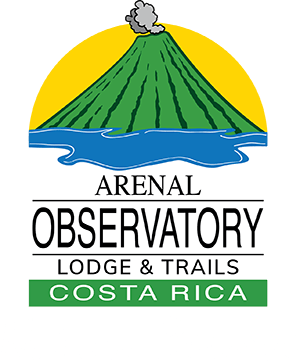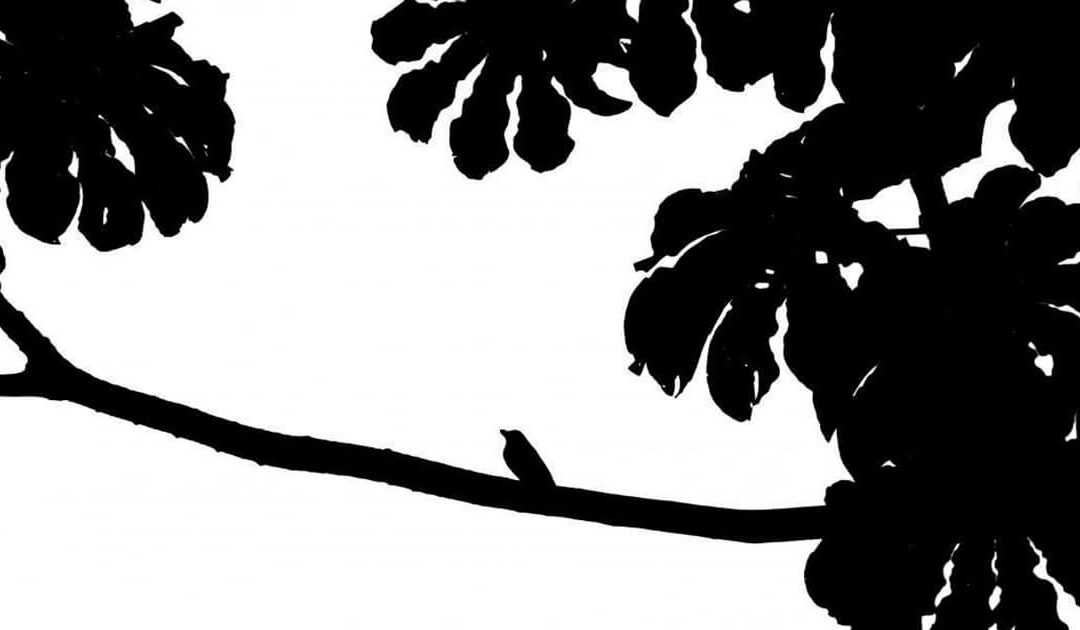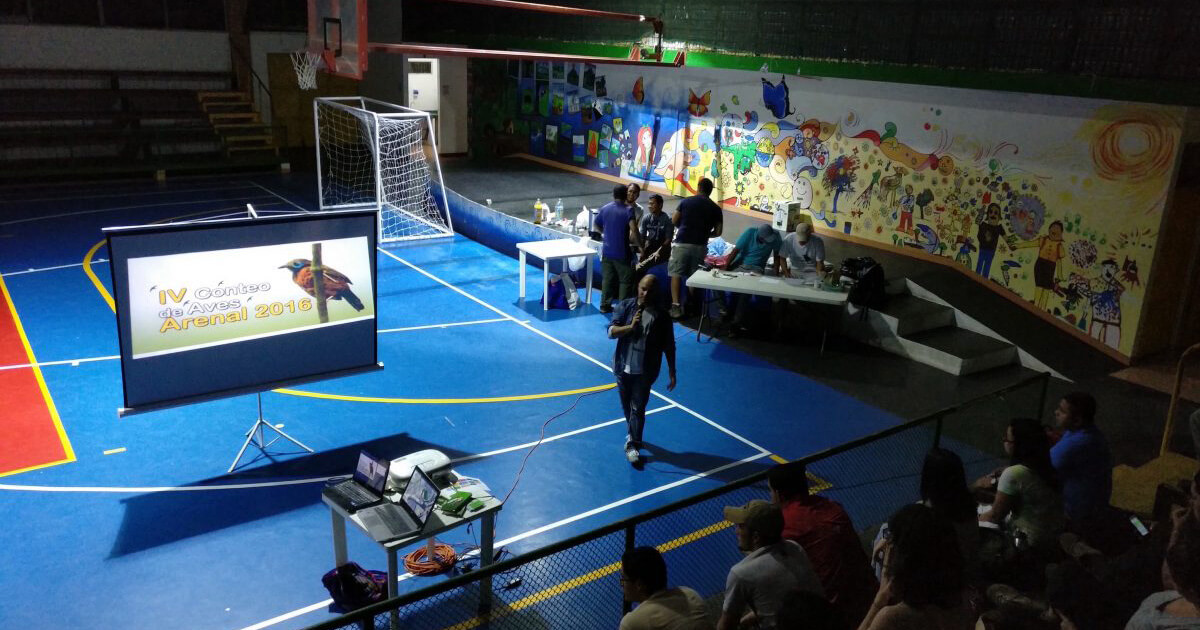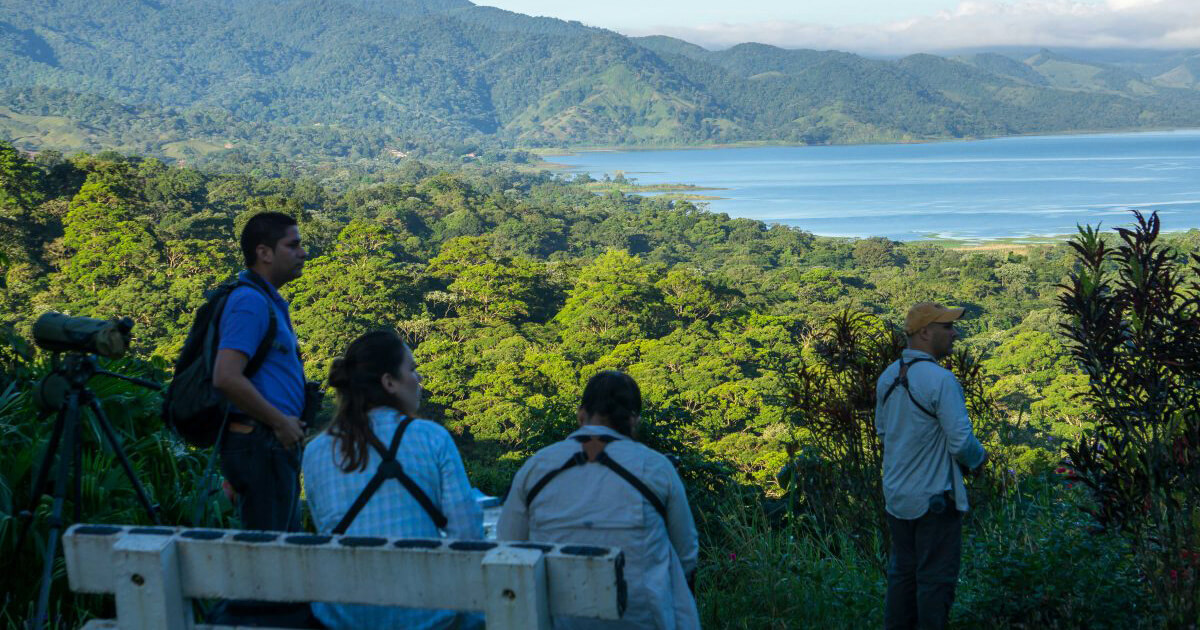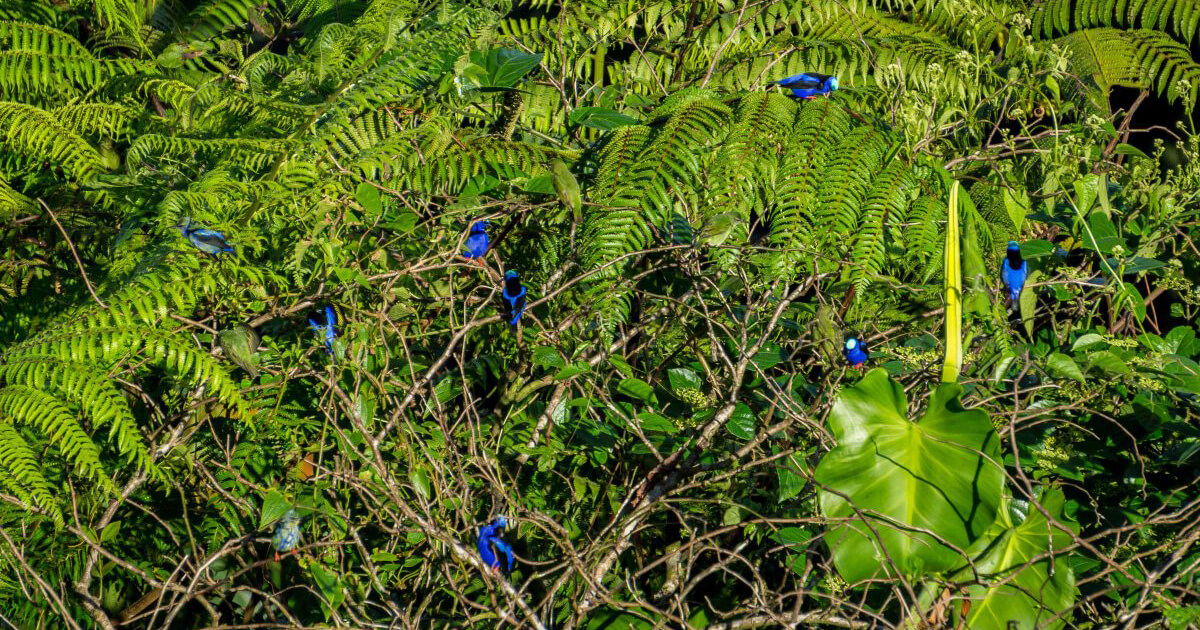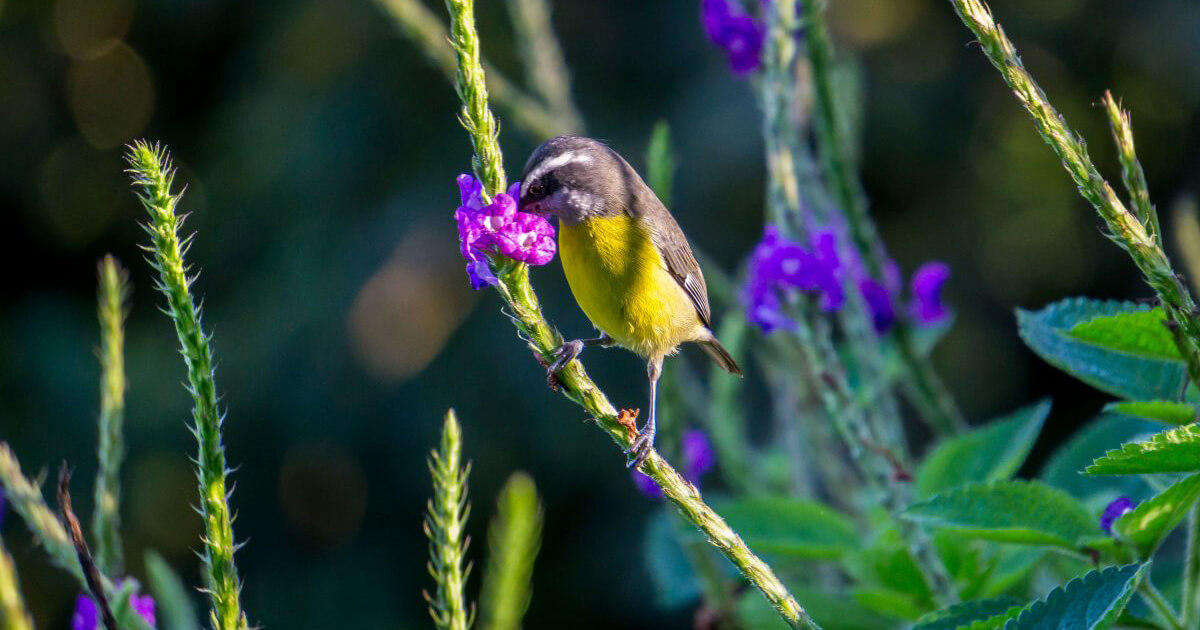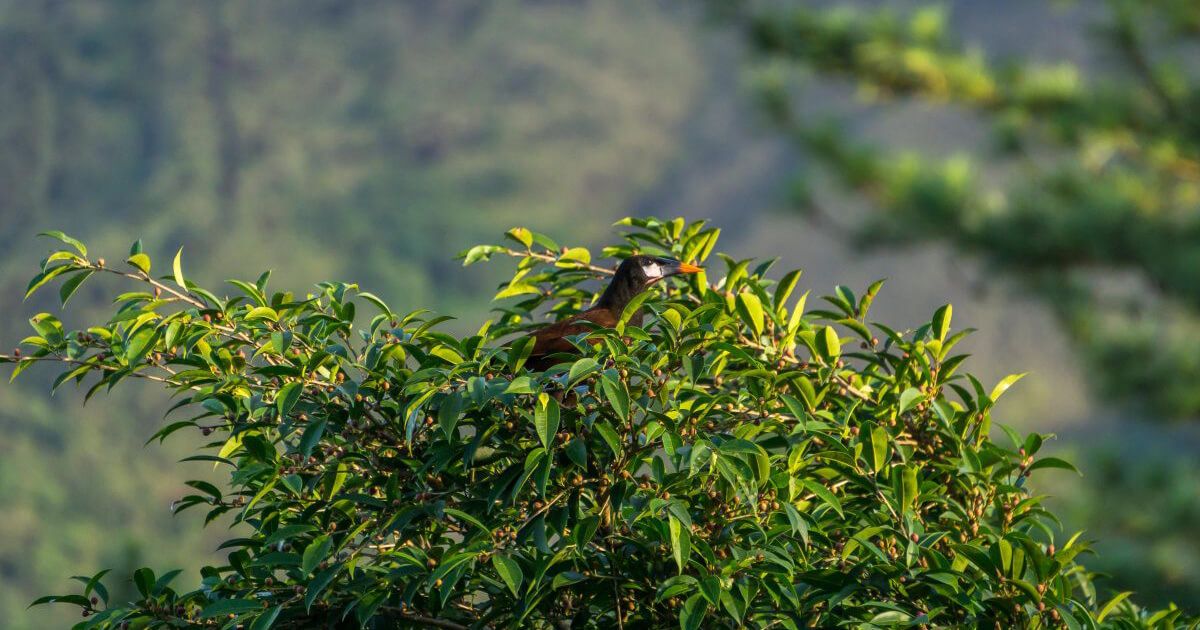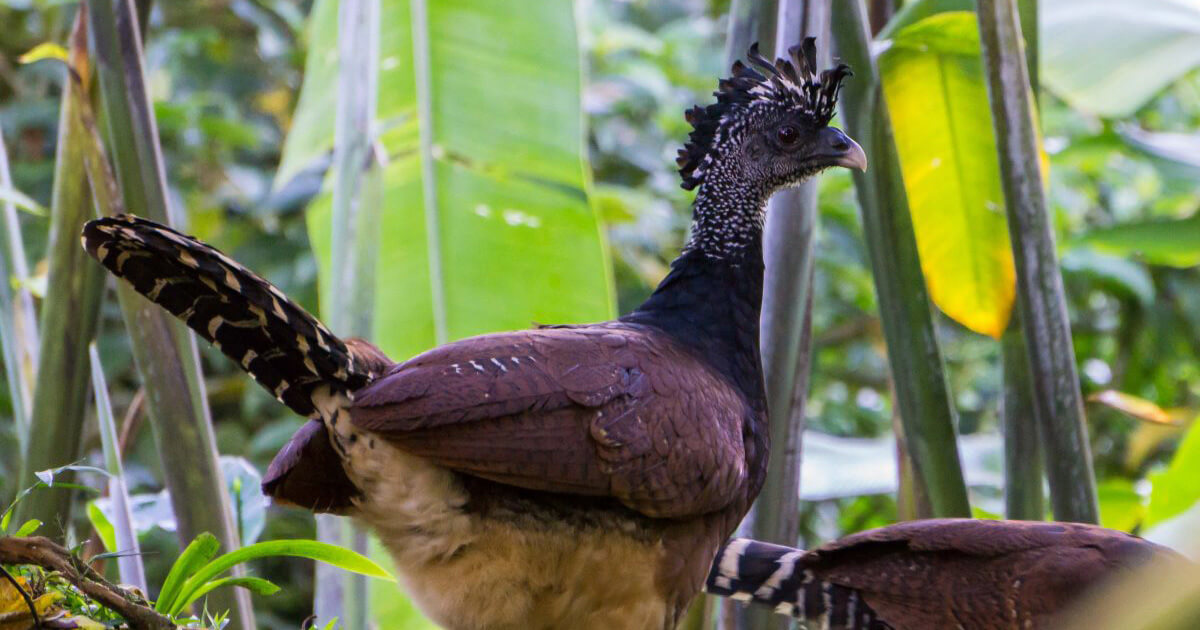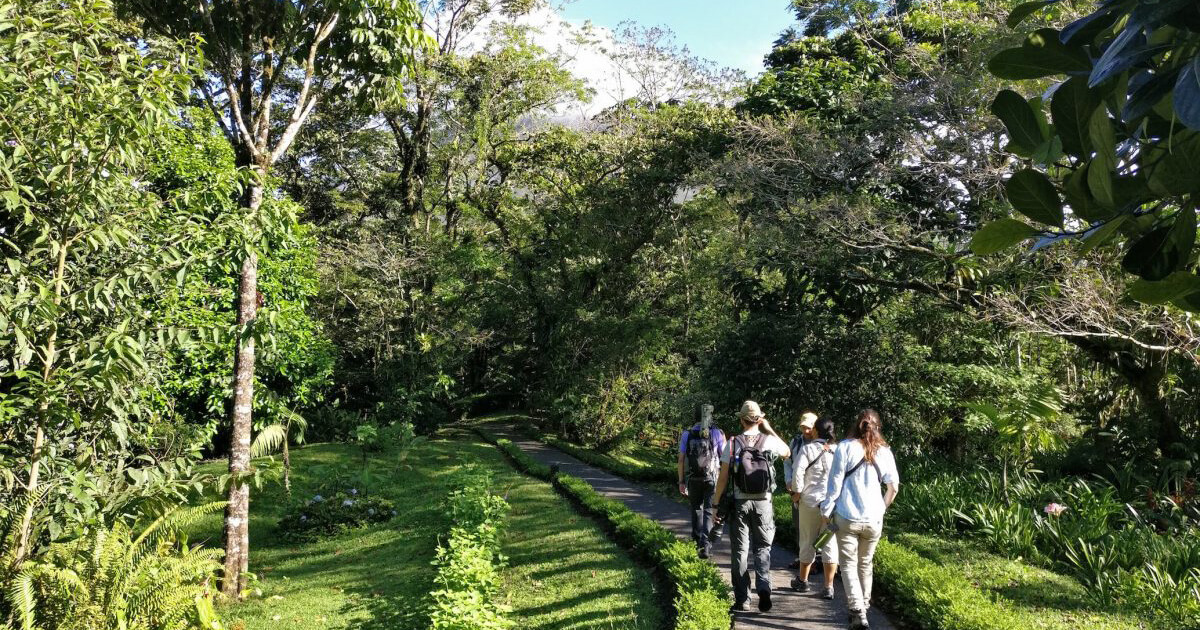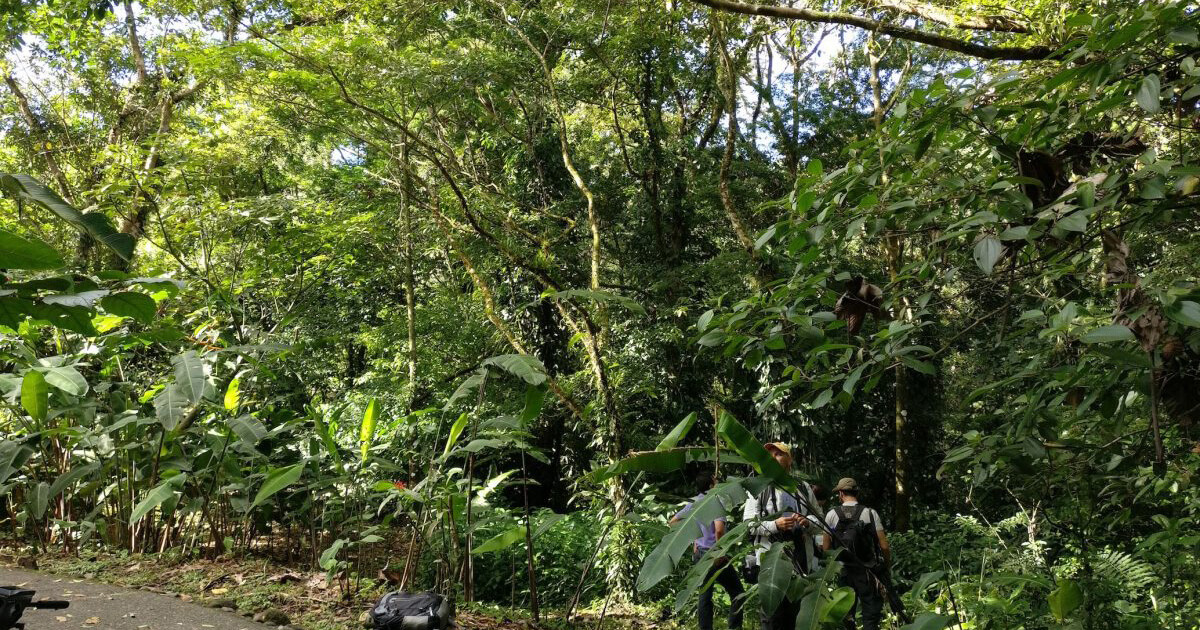On December 3rd, 2016 three members of the Arenal Observatory Lodge & Spa team participated in the 4th Annual Conteo De Aves Arenal. In total, 70 birders participated in this year’s bird count.
For this count, teams of 5 or 6 birders spent the day on one of 14 routes spread throughout the Arenal area recording birds that they saw or heard. The data collected in these bird counts allow researchers, conservation biologists, wildlife agencies and other interested individuals to study the long-term health and status of bird populations. Our three team members joined three other birders and spent the day at the Arenal Observatory Lodge looking for birds.
At 5:30 am we began our day at La Casona, looking for birds from the bench that overlooks Lake Arenal. Although it was initially rather dark, as the light began to spread over the lake we quickly realized it would be a wonderful day for a bird count. We immediately began recording the birds that we were seeing and hearing, and our species list started to grow rapidly. A mixed flock was surrounding us and we recorded many different bird species as the forest burst into life, including summer tanagers, variable seedeaters, and scarlet-thighed dacnises. Huge flocks of brown-hooded parrots flew overhead following the sun in its ascent up the hill.
Shortly after 6:00 am we left La Casona to go up the terrace at the Observatory Restaurant. We were immediately greeted by the magnificent Arenal Volcano, which was already illuminated by the sun and emitting steam from its vents.
The bird feeders were certainly a hub for activity during these early morning hours. Honeycreepers and oropendolas took turns feeding on the papaya, watermelon, and bananas, while a group of 4 great curassows foraged on the forest floor. Hummingbirds and other nectar-feeders flew about nourishing themselves on the flowers of the gardens, pollinating them in the process. After spending a little more than a half-hour here, we headed out for our day on the property’s many trails.
We spent the first half of our day on the La Hormiga and Waterfall Trails, following the route of the complimentary, guided morning walk that takes place every day at the lodge. We added numerous more species to our bird count, including the yellow-throated toucan, collared aracari, crested guan, laughing falcon and gartered trogon. On the way to the Waterfall Trail, we also spotted a young eyelash pit viper curled up on a leaf near the road.
At around 11:30 am we took a break for lunch at the Observatory Restaurant. Although things are usually quiet at the bird feeders in the heat of the afternoon we still opted for one of the tables next to the large windows, with hopes of adding a couple more species to the list while we ate. When we had just finished eating, group member and the event’s organizer Diego Quesada exclaimed, “Cotinga!” as he looked out the window. We all rushed out the door, binoculars and cameras in hand, to get a better view of the female lovely cotinga that had just landed in the guarumo tree near the terrace.
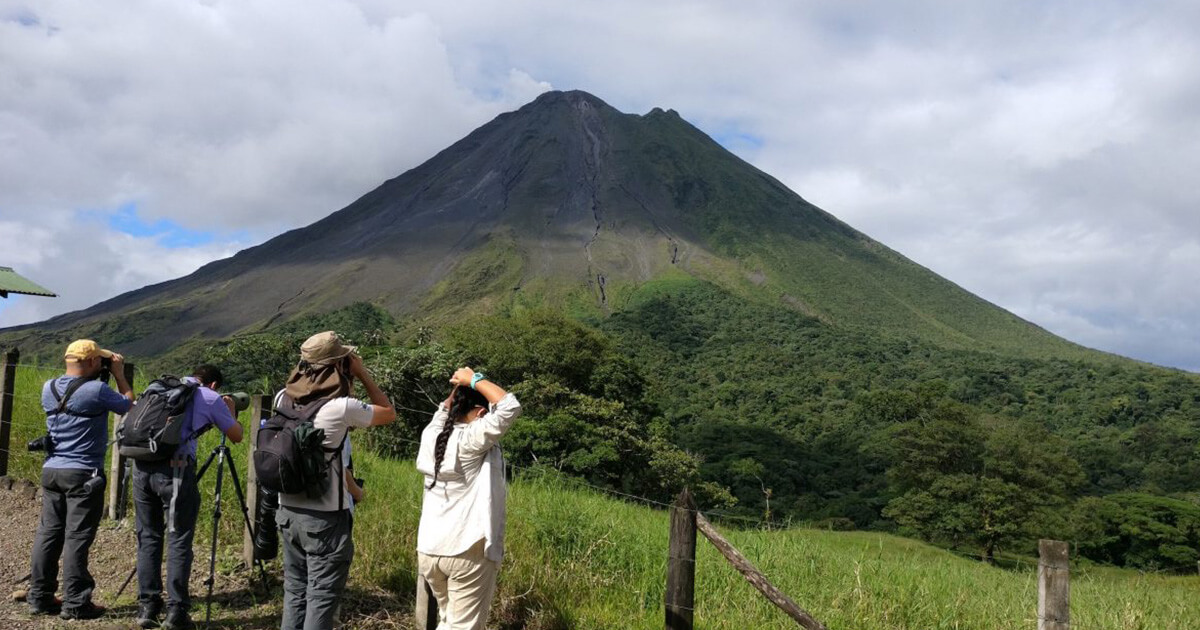
Fuelled by the excitement of our rare encounter with the lovely cotinga we drove up to the White Hawk Villa to observe some species that frequent this agricultural-forest interface ecosystem. Within minutes of arriving, we had seen vultures, swallows, swifts and the villa’s namesake species, the white hawk. We proceeded to walk down one of the adjacent trails while scanning the edge of the forest for any movement. While we were probing the edge of the forest, with our eyes and ears peeled, Diego pointed out one call in particular that was coming from across the Agua Caliente River. It was the call of the elusive three-wattled bellbird. Determined to catch a glimpse of this unique species, we crossed the fence into one of the pastures that border the forest. Using the spotting scope and our binoculars we all scanned the area from which the calls were originating with the hopes of seeing the bellbird. After what must have been 20 minutes or more, during which we heard the call of an ornate hawk-eagle, we began to lose hope. The calls were still persistent but we could not see any activity in the canopy. As we started to pack up to leave the pasture, Diego spotted it, a lone male bellbird perched in the canopy more than 2 km away. With the scope now focused on the bellbird, our group finally got the chance to see this magnificent bird in all of its glory.
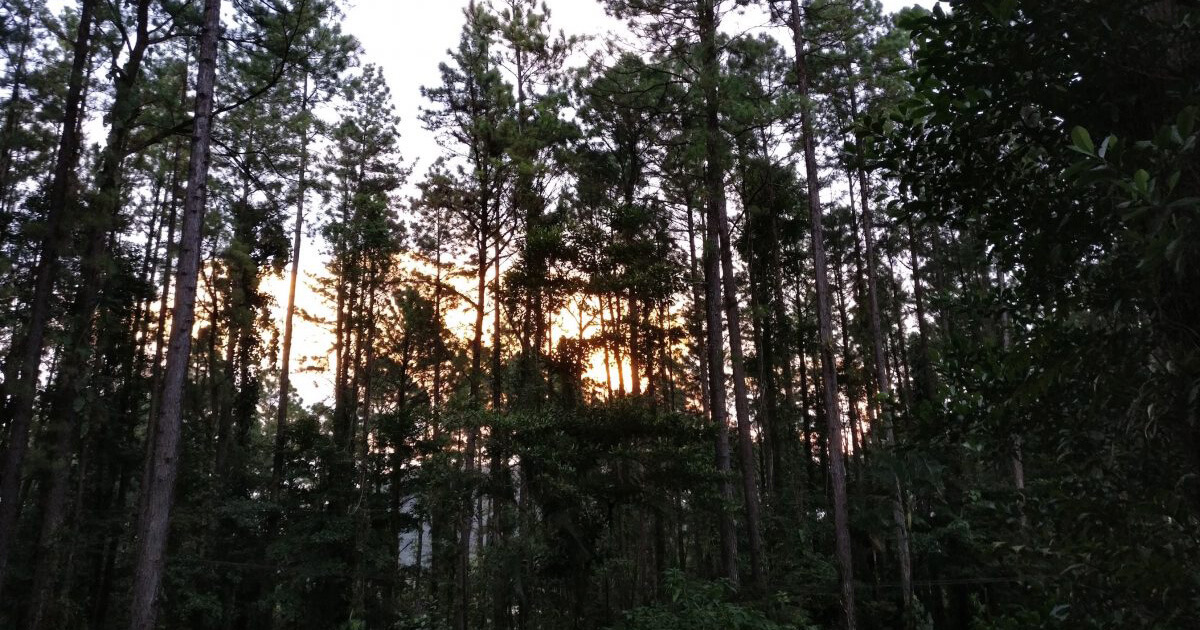
With the sun beginning its retreat to the horizon we headed back to the trails near reception, finding a cinnamon becard and rufous-winged tanager, thereby putting the finishing touches on our bird list for the day. As the last bit of light disappeared behind the pine trees we reflected on what had been a terrific day for birding and conservation science. We had successfully documented 148 species of birds in 10 hours. The early dinner and sleep that followed were certainly well deserved.
